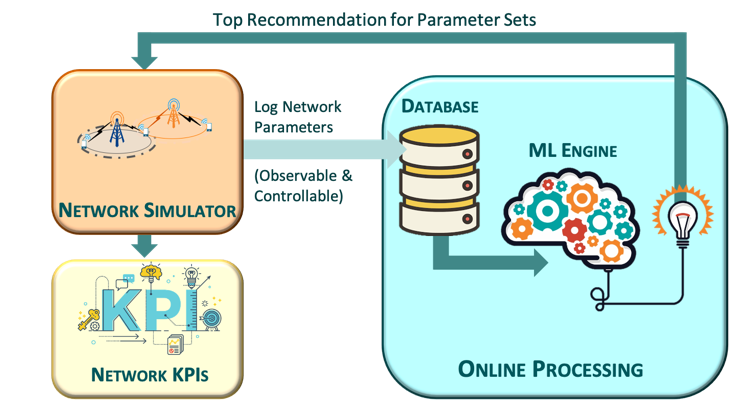Mobile Communications Research
Contact
Nicole Sauer
Integrated Communication Systems Group
+49 3677 692829
+49 3677 694823
Nicole Sauer
Integrated Communication Systems Group
+49 3677 692829
+49 3677 694823



